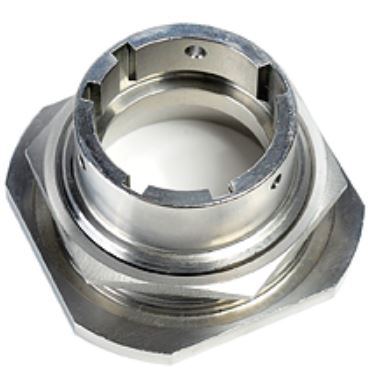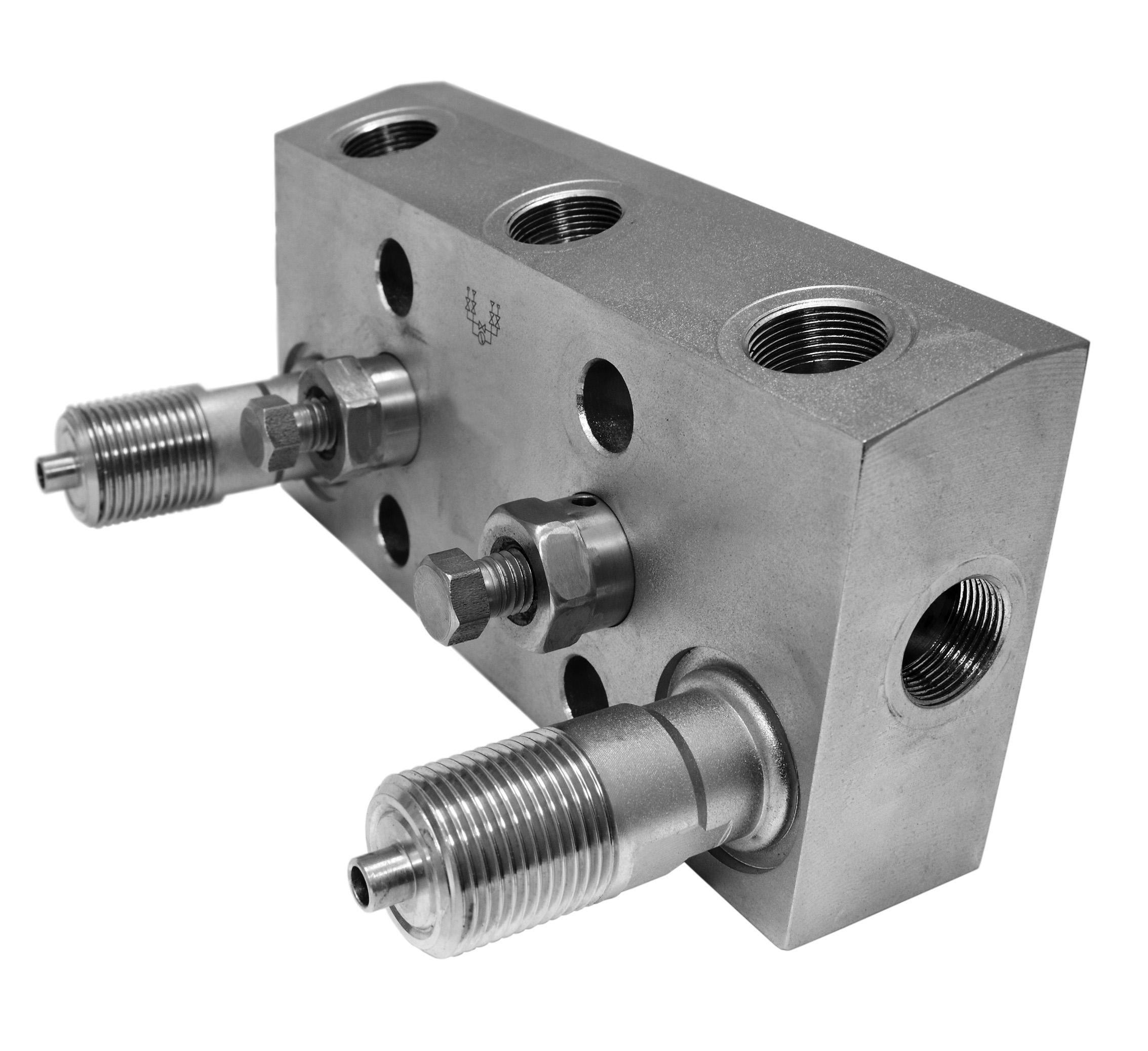
A Summary of Metal Finishing Methods Common to Job Shops
Metal finishing is a crucial step in manufacturing that enhances metal parts’ appearance, durability, and performance. CNC 5-axis machines offering various finishing methods are employed to achieve specific surface qualities, protect against corrosion, and prepare parts for aerospace and aviation parts, medical equipment, hydraulic manifolds, and many other industries. Here’s an overview of the most common metal finishing techniques.
- Grinding: Grinding uses an abrasive wheel to remove material and achieve a smooth surface. This process is commonly used for finishing precision components requiring tight tolerances. Grinding also removes burrs and sharp edges that may snag other materials. The process can produce surfaces with a fine finish, often achieving surface roughness values as low as 16 microinches (Ra). Grinding is ideal for applications where the part must have a high degree of flatness or roundness.
- Polishing and Buffing: Polishing uses abrasive compounds to smooth the surface of a metal, while buffing takes it a step further by using softer materials to bring out a high shine. These processes are essential for components where aesthetics are critical for the final product. Polishing can remove surface imperfections, and when followed by buffing, it can achieve mirror-like finishes on optical surfaces for example.
- Anodizing: Anodizing is an electrochemical process that converts aluminum part surfaces into a durable, corrosion-resistant, and aesthetically pleasing oxide layer. The process can also color the metal, making it popular in applications like electronics, architecture, and consumer products. Anodizing improves wear resistance and can achieve surface hardness values up to 70 HRC (Rockwell C scale).
- Electroplating: Electroplating involves coating a metal part with a thin layer of another metal, such as nickel, chrome, or gold. This process enhances corrosion resistance, increases surface hardness, and improves the appearance of the component. Electroplating is widely used in industries ranging from aerospace to jewelry making, offering both functional and decorative benefits.
- Powder Coating: Powder coating is a finishing process where a dry powder is electrostatically applied to metal parts and then cured under heat to form a protective layer. This method is highly effective in providing a durable, high-quality finish that is resistant to chipping, scratching, and fading. Powder coating is used for outdoor equipment, aviation parts, and appliances.
- Blasting (Sandblasting/Shot Blasting): Blasting is a method where abrasive particles are propelled at high speed onto the metal surface to clean, roughen, or polish it. Sandblasting removes paint, rust, or other contaminants, while shot blasting is often employed to improve the surface texture for better paint adhesion.
Each metal finishing method offers unique benefits, making it crucial to choose the right one based on the project’s specific requirements. Whether improving aesthetic appeal, enhancing corrosion resistance, or achieving precise tolerances, CNC 5-axis machines that deliver the right finishing technique can significantly impact the final quality and performance of metal parts.
Contact Nolte Precise Mfg. for more information

